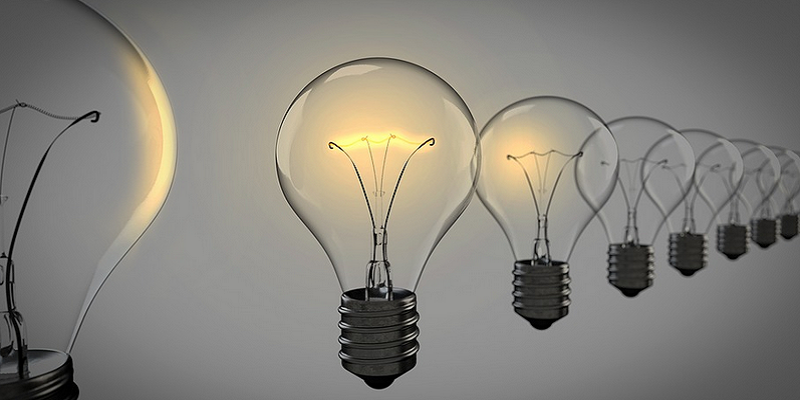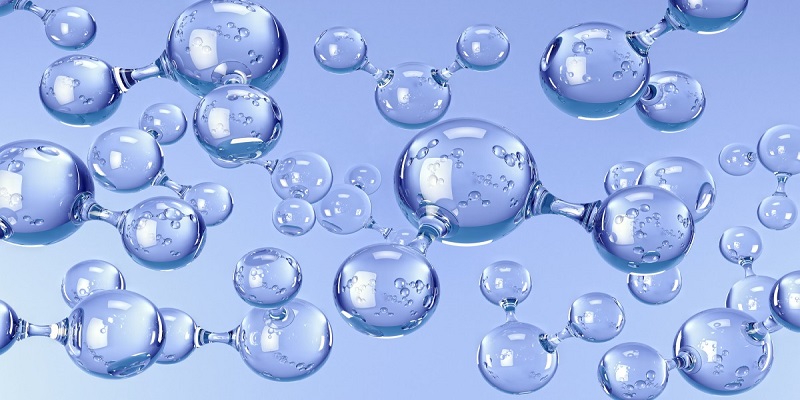Energy
A primary energy is an energy that is not transformed. However, it would need to be converted in another type to suit with equipment’s design and industrial processes.
Often, several cycles are required for a primary source of energy to be suitable by appliances. However, each of these transformations, depreciate the full energy potential.
The below figure shows the conversion scheme that is required to transform an energy into another form and it highlights as well, the number of cycles that is required to reach its final energy form.
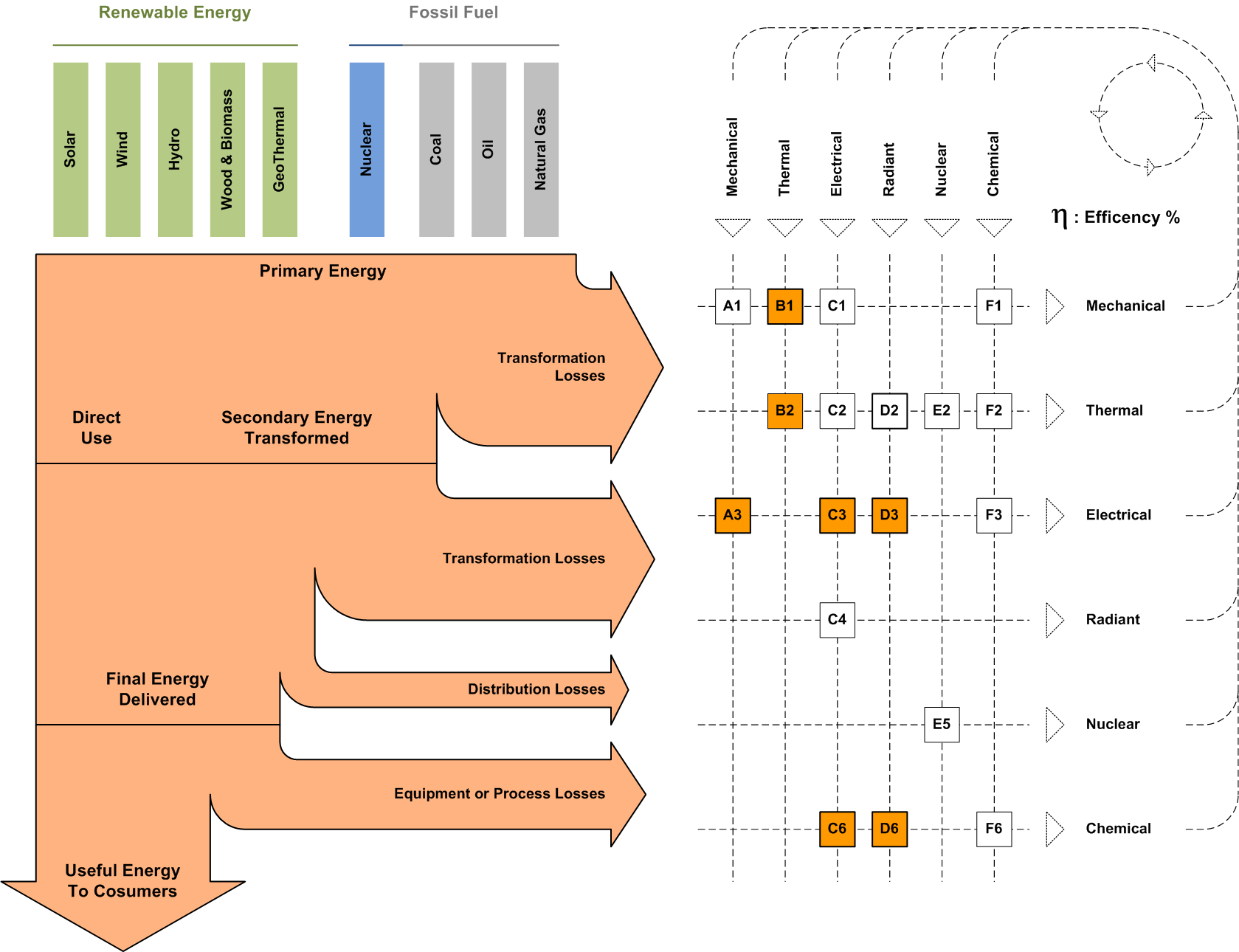
To clarify these transformation cycles, let's take the example of a standard refrigerator keeping food fresh.
It all starts at the powerstation, where the primary source of energy is often coal, nuclear or gas that will be transformed into heat energy, which will be further transformed into mechanical energy, which will be further transform into electrical energy.
The electricity from the powerplant will be then further converted few times into different electrical level and distributed to the household. There, the electricity will be transformed into mechanical energy, which will be eventually transformed into cold by the compressor. Therefore;
- 1. The fossil fuel energy is transformed into heat by the boiler.
- 2. The heat energy is transformed into mechanical by the turbine.
- 3. The mechanical energy is transformed into electricity by the generator.
- 4. The electrical energy is transported and converted by the transformers to the level required by the appliances.
- 5. The electrical energy is transformed into mechanical by a motor.
- 6. The mechanical energy is transformed into thermal energy by a compressor.
Therefore, in this case, to refrigerate fresh food, there are six conversion cycles each with its own efficiency and energy degradation. A first estimation, shows that 90% of the energy has been lost in these transformation.
The below table shows the energy conversion path, its process and the associated application and efficiency.

neviatech supports individuals, communities and SMEs to manage efficiently production and consumption of energy. We focus to reduce the number of transformation cycle while increasing the efficiency of specific conversion. This supports to reduce the infrastructure footprint and maximize use of the primary energy source.
Therefore, we are actively participating to the energy conversion enhancement shown in A3, B1, B2, C3, C6, D3 and D6 with a strong focus on electrical and hydrogen conversion, production and storage.
Hydrogen Production Processes Table
The below table shows the hydrogen production process, the current efficiency and the technology maturity.
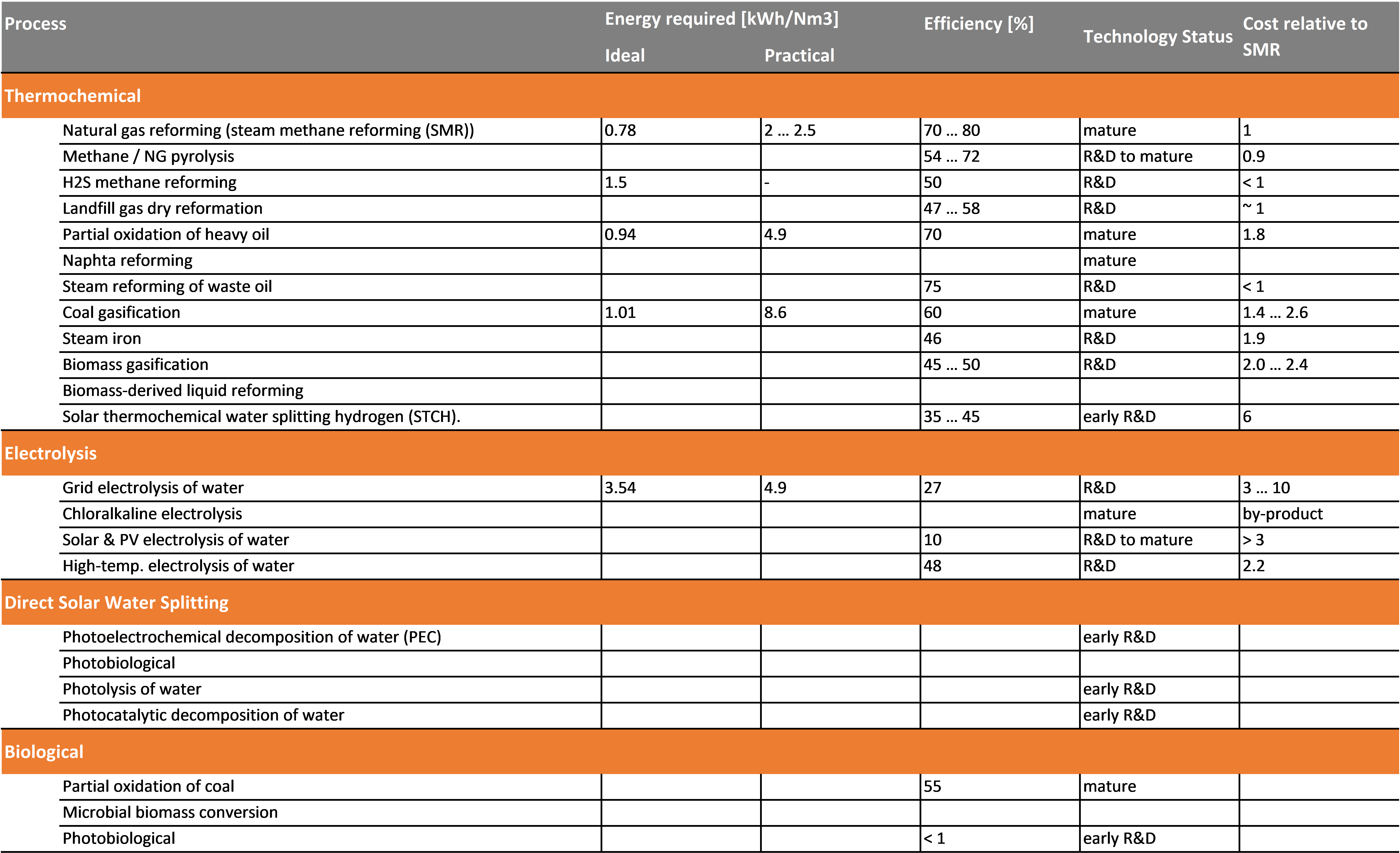

Energies initiatives are set into commercial framework with the Levelized Cost of Electricity (LCOE) based on each energy type and it is defined as follow;
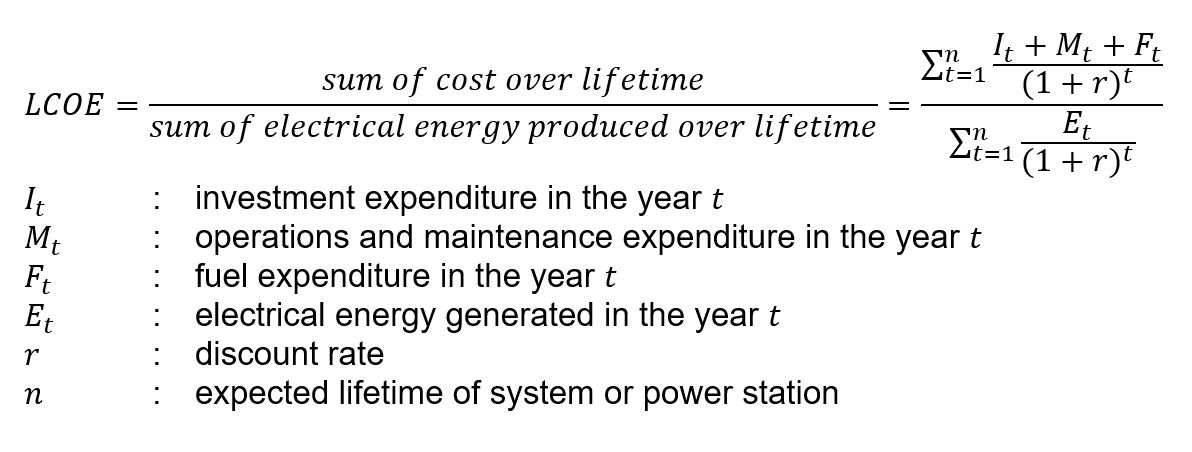
United States - Historical summary of EIA's LCOE projections (2010–2019) - Energy Information Administration.

United States - LCOE Projection by 2022 - Energy Information Administration.
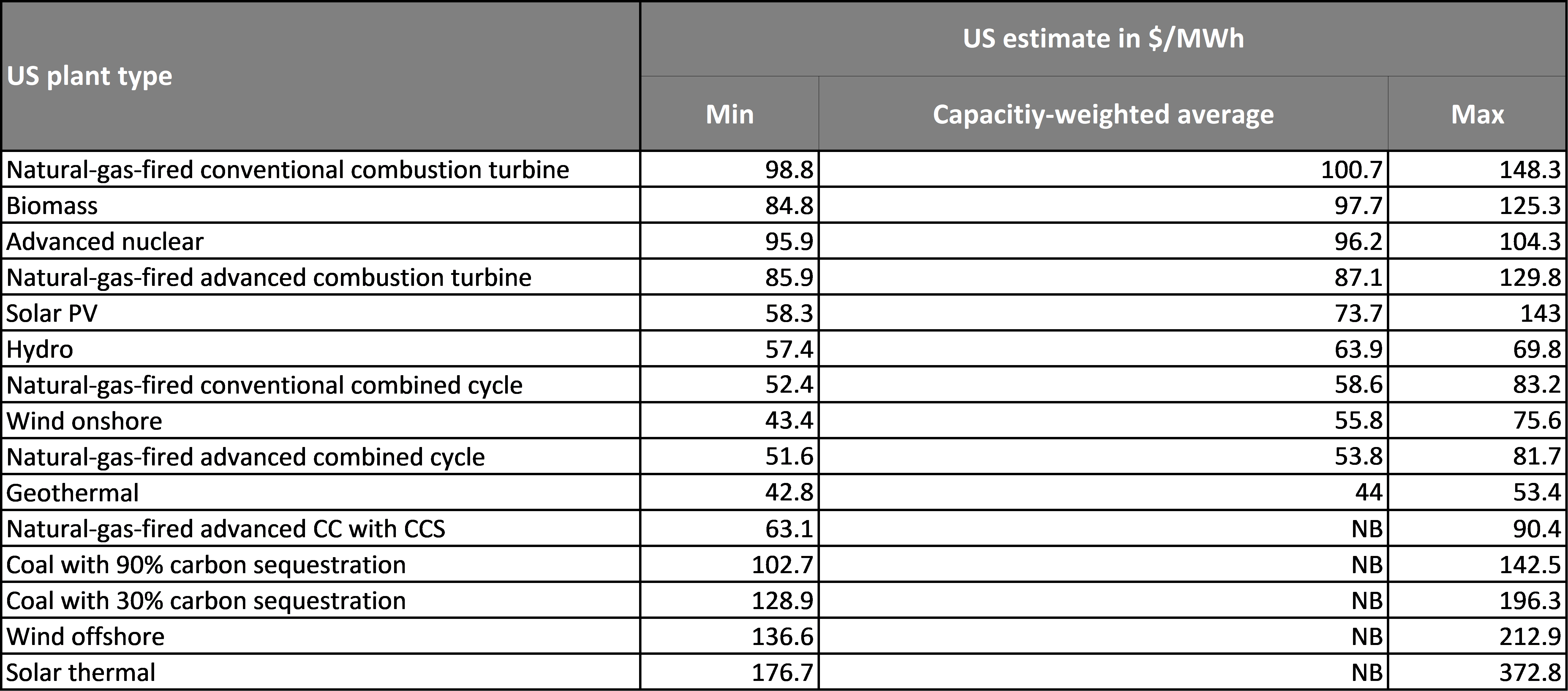
Germany - LCOE - The Fraunhofer Institute for Solar Energy Systems ISE.

France - LCOE - International Energy Agency and EDF.

